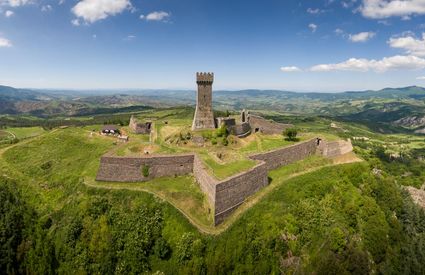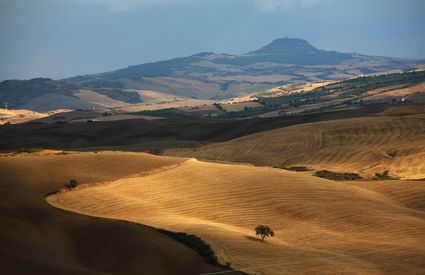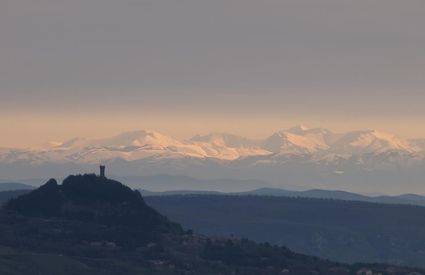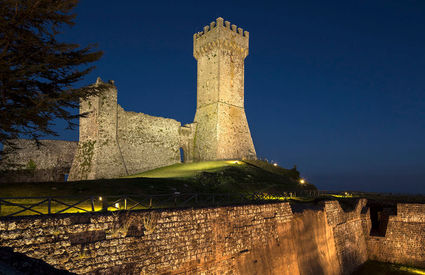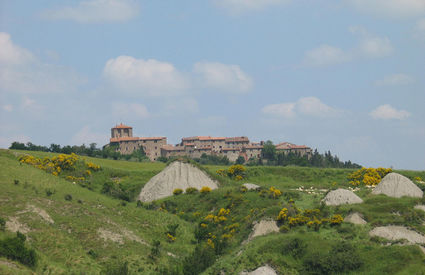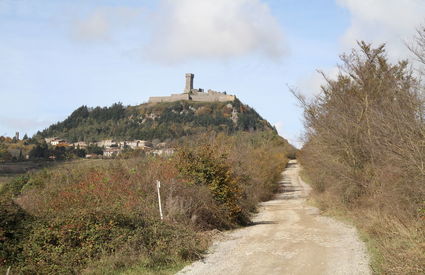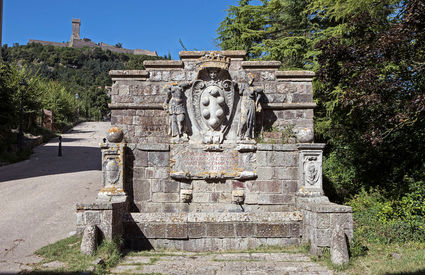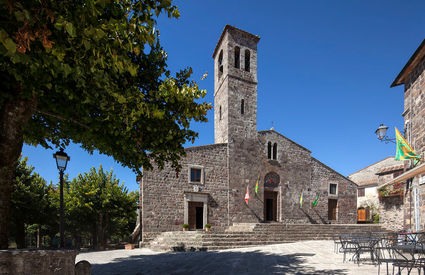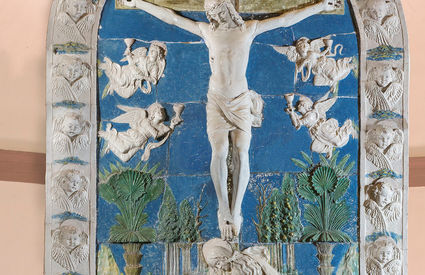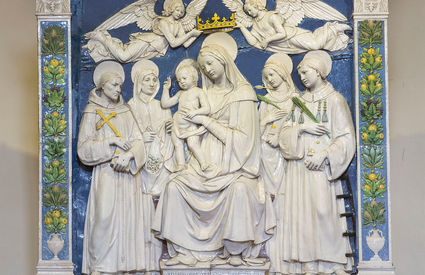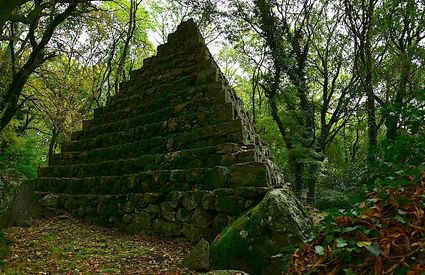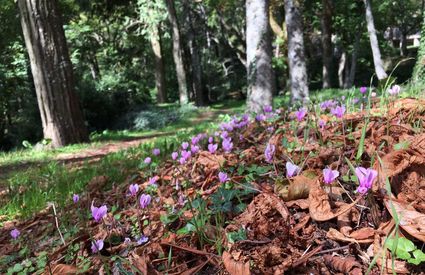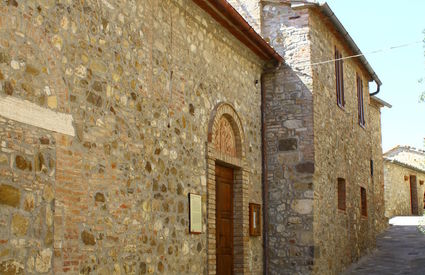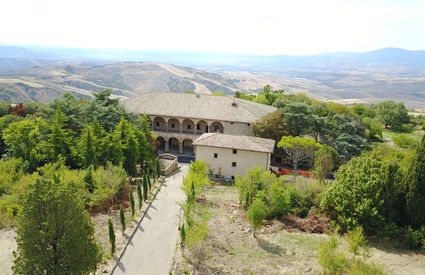Radicofani
A journey through the clouds
The city as seen through the eyes of painter Matilde Luchini ~ by Fausto Cecconi
A journey through the clouds
The city as seen through the eyes of painter Matilde Luchini ~ by Fausto Cecconi
An eagle nest
The road from Florence is long and torturous, crossing the countrysides of the Chianti, Siena, Val’dArbia and, lastly, the Val d’Orcia areas. When the carriage leaves San Quirico, one’s gaze can’t help but land on that eagles’ nest among the clouds—my Radicofani. As a child, I spent my most beautiful years there, under the care of my grandfather Ranieri and grandmother Clementina. Visible from the hall windows, the arches of the Posta Medicea recalled tales of past travelers: Mozart, Dickens, Thomas Gray, Casanova... That spectacular dwelling, brought about by the Grand Dukes and built by the Buontalenti, was their lodge; for others, the more modest Spedali and Osterie worked just fine, as did the small cells of the Cappuccini monastery. My Radicofani... the steep slope going up to Castelmorro, where the Medici and Spanish militias surrendered; the Fortezza that dominates the world and gives you a feeling of lightness, as if you could suddenly take flight in the sky, gliding like the falcons that circle the majestic tower, where the highway bandit Ghino di Tacco kidnapped the abbot of Cluny, putting him on a heavy diet and returning him to (Pope) Boniface VIII.
They called us "macchiaioli"
The whistle of the wind brings with it the scents of medicinal herbs which cover the cliff, a dormant volcano, about a million years old. From the Fortezza, I see the town that twists and turns along the main road, the Mezzo, referred to over the centuries as the via Francigena, via Romeo, via Regia Romana: however it may be called, there’s always been a steady flow of people treading on it. My house faces this intersection of peoples; my grandparents bought it, and my father Odoardo was born in it, before the Luchini name became famous when he became deputy and senator of the Kingdom of Italy. So many stories... the old clock that dominates my palazzo reminds us of how time slips through our fingers! From here I can glimpse piazza Giudea, where the Jewish population lived, and piazza del Santo, where spirituality was front and center: it is home to three churches, the old San Pietro, Sant’Agata and Santa Maria Assunta. Significant artists left behind works here worthy of far bigger, more famous cities: Andrea della Robbia, Francesco di Valdambrino; as a child, I’d admire them and draw them in my own way, then I went on to the Filadelfo Simi school and perfected my gift. Today, painting is my passion. They called us Macchiaioli, but labels don’t matter—art transcends trends.
Vertumno
Following a dream I’d never been able to lay to rest, on the top floor of my palazzo I opened a boarding house, calling it Vertumno (for Vertumnus) because this was once the land of the Etruscans, but also because of my father’s passion for flora. That passion led him to build a grand garden, a resting place packed with visual delights, which he named after my mother Isabella. It’s a gift of love that brings us new blooms and cool breezes every year, hidden amid mysterious masonic symbols: the pyramid stands out, posed firmly as it is amid the curving trees. My friends D’Annunzio, Malaparte, Matilde Serao, Ottone Rosai, Giorgio De Chirico, Ardengo Soffici and the prince Sisto di Borbone all enjoyed it on their days of rest in my Radicofani, a magical land that touches you deeply and never leaves you.


